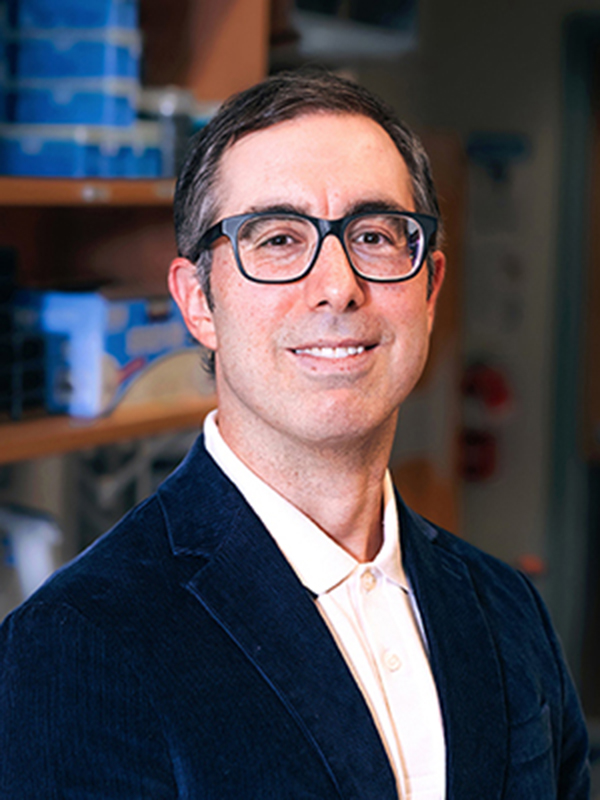Jeremy Herskowitz, Ph.D., Patsy W. and Charles A. Collat Professor of Neuroscience in the Department of Neurology, has been named the latest recipient of the school’s Featured Discovery award. This recognition celebrates notable research contributions made by faculty and highlights the impact of their scientific advancements. Jeremy Herskowitz, Ph.D.
Jeremy Herskowitz, Ph.D.
The decade-long aging study, “Integration across biophysical scales identifies molecular and cellular correlates of person-to-person variability in human brain connectivity,” was recently published in Nature Neuroscience.
Synchronized brain activity is when different parts of the brain work together simultaneously. This phenomenon arises from the coordination of many unique brain elements across biophysical scales.
Herskowitz and his team collected data from 98 human participants. This data spanned multiple biophysical scales to examine why each person’s brain wiring is different. The researchers studied layers of biology, including genetics, gene expression, protein abundance, and dendritic spine morphometry. They used structural magnetic resonance imaging (MRI) and functional MRI (fMRI) measurements to understand how microscale biological features influence macroscale brain connectivity.
“We showed that it is possible to explain the incredible person-to-person variability in brain connectivity by understanding the multiscale cooperation of biophysical scales,” said Herskowitz.
The Heersink communications team met with Herskowitz to gain insights into the study and help raise awareness about both the research and the Heersink School of Medicine.
Q: What compelled you to pursue this research?
The field of neuroscience has identified components that give rise to cognitive function, including molecules, synapses, and brain anatomy. However, how connectivity in the brain arises from these parts to yield cognition has been challenging to uncover. We aimed to merge these vast biophysical scales to understand how the individual components undergo multiscale cooperation to yield brain connectivity.
Q: How do you feel your research will impact the science community?
We have shown that integrating postmortem molecular and cellular measurements from a set of individuals can explain variability in their antemortem brain connectivity measurements. This constitutes a major step towards translating neuroimaging findings into drug discovery.
Q: What is your research’s relevance to human disease?
We repeatedly detected the protein neuritin (a protein encoded by the gene NRN1) across several biophysical scales. This suggests that this secreted neuropeptide has a critical role in the synaptic biology that supports human brain connectivity. Furthermore, recent findings in older adults indicate a beneficial role of neuritin in synaptic preservation and maintenance against Alzheimer’s disease. Neuritin is also a neurotrophic factor and, given the small size of its secreted form, might be an attractive therapeutic target for dementia patients.
Q: When did you know you had an important discovery?
It was a major collaborative project involving several institutions. To obtain one hundred samples with both neuroimaging and brain omics data required scanning thousands of individuals and following them for over a decade, before brain biopsies. We are eternally grateful to the study participants, the many staff, and the researchers involved at Rush University in Chicago, Illinois. The collaborative research team was geographically scattered, including investigators from SUNY Upstate, Rush University, and UAB. However, Fridays were set aside for project meetings that ran for as long as needed. The energy of those discussions was a great reminder of why we’re in science.
Q: What made you come to UAB?
When I interviewed at UAB over 12 years ago for a faculty position in the Department of Neurology within the CNET (now Killion CNET), I was most impressed with how supportive Dr. Standaert and Dr. Roberson were (and still are) toward my research goals. They indicated that UAB would be an outstanding place to grow my program and reach my goals, which convinced me to accept the position. They were right. My research team and I have made seminal discoveries on the neuroscience of Alzheimer’s disease, and that was possible only through the support and encouragement of Neurology and KCNET leadership.